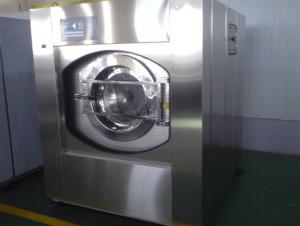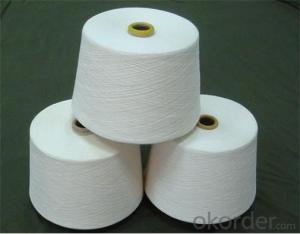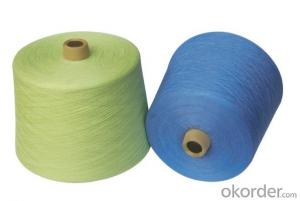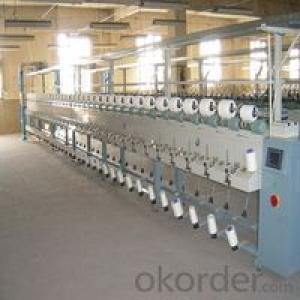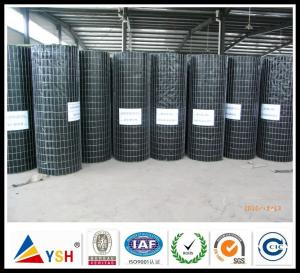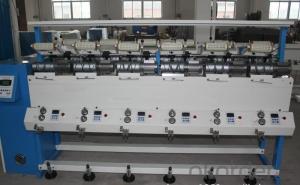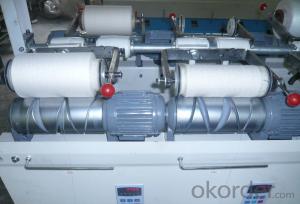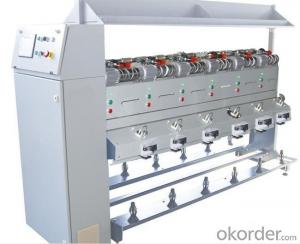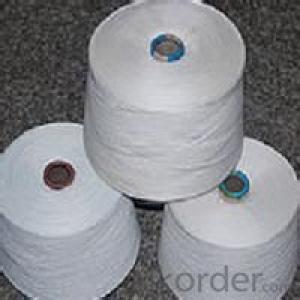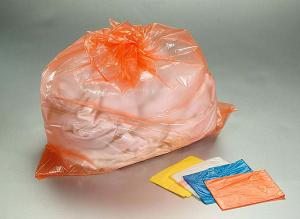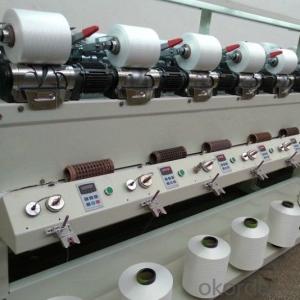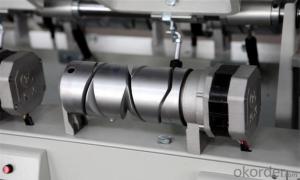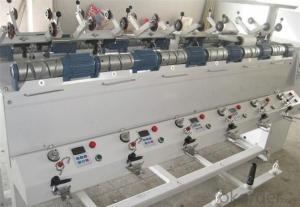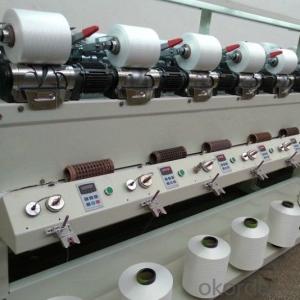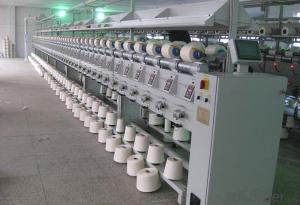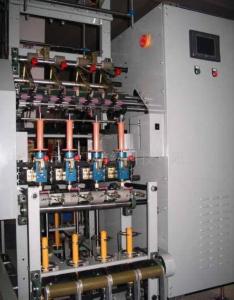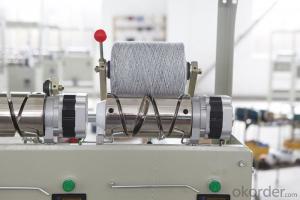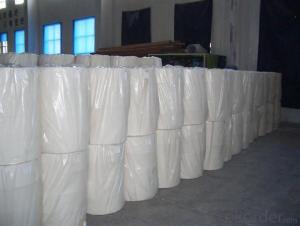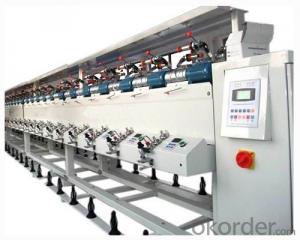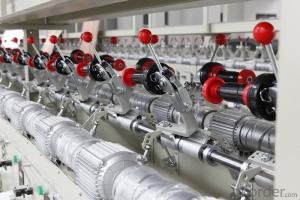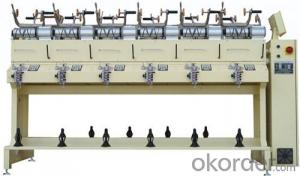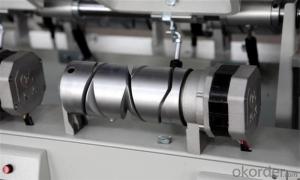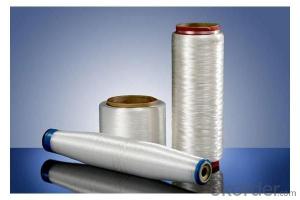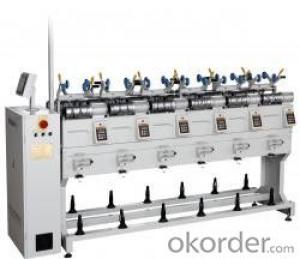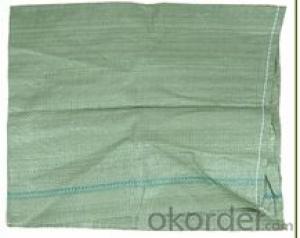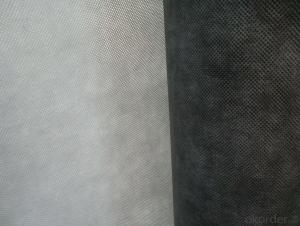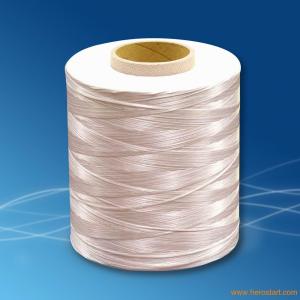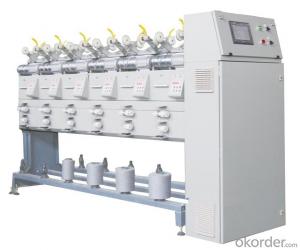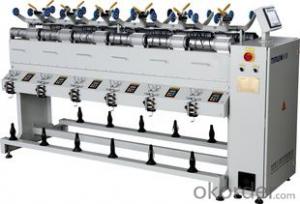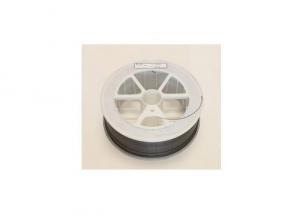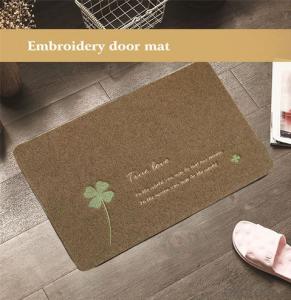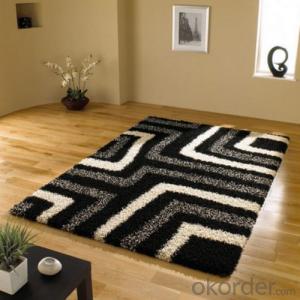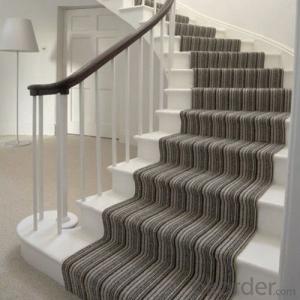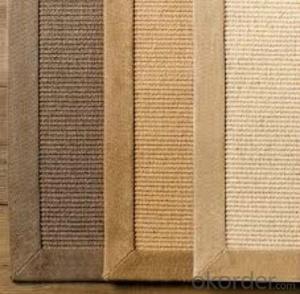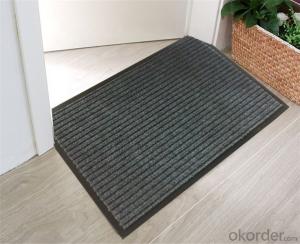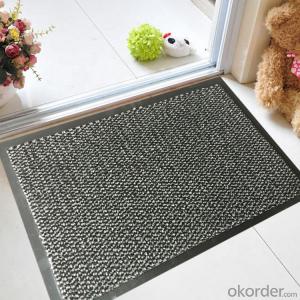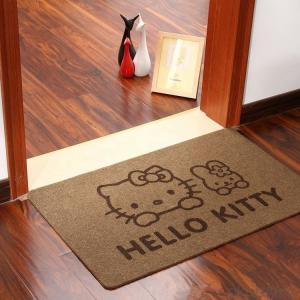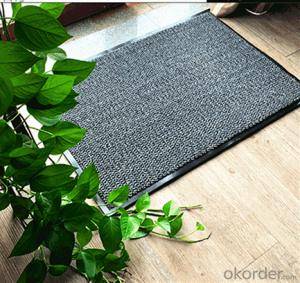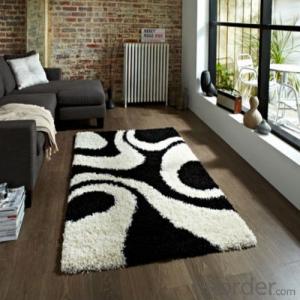Washable Worsted Weight Yarn
Washable Worsted Weight Yarn Related Searches
Washable Rugs Fibrillated Yarn Waste Cotton Sewing Yarn Natural Fiber Yarn School Yarn Knitting Yarn Automatic Washing Machine Rug Yarn Fabric Yarn Stainless Steel Wool Multicolor Yarn Rayon Yarn Microwavable Plush Animals 100 Acrylic Yarn Common Weave Yarns And Fibres Mohair Yarn Ribbon Yarn Electronic Weaving Machine Wet Lubricants Flexible Netting Detachable Window Screen 50 Wool 50 Acrylic Yarn Non Woven Needle Punched Geotextile Waterproof Shade Cloth Stainless Steel Whisk Liquid Silk Lubricant Retractable Volleyball Net Purl YarnWashable Worsted Weight Yarn Supplier & Manufacturer from China
Washable Worsted Weight Yarn is a versatile and popular type of yarn that is known for its durability and softness. Made from a blend of natural and synthetic fibers, this yarn is perfect for creating a wide range of projects, including sweaters, scarves, and blankets. Its unique properties make it ideal for both beginners and experienced knitters, as it is easy to work with and offers a consistent stitch definition.The application of Washable Worsted Weight Yarn spans across various usage scenarios, making it a go-to choice for many crafters. Its ability to withstand frequent washing and maintain its shape and texture without losing its softness makes it suitable for garments and home accessories that require regular cleaning. Additionally, its medium weight and thickness provide a cozy and warm feel, making it perfect for cold-weather projects. Whether you are knitting a cozy sweater for yourself or creating a warm blanket for a loved one, Washable Worsted Weight Yarn is a reliable choice that delivers both comfort and style.
As a leading wholesale supplier, Okorder.com offers a vast inventory of Washable Worsted Weight Yarn to cater to the needs of both individual crafters and businesses. With a wide selection of colors and patterns available, customers can find the perfect yarn to suit their project requirements. By partnering with Okorder.com, customers can enjoy competitive prices, fast shipping, and exceptional customer service, ensuring a hassle-free shopping experience.
Hot Products

